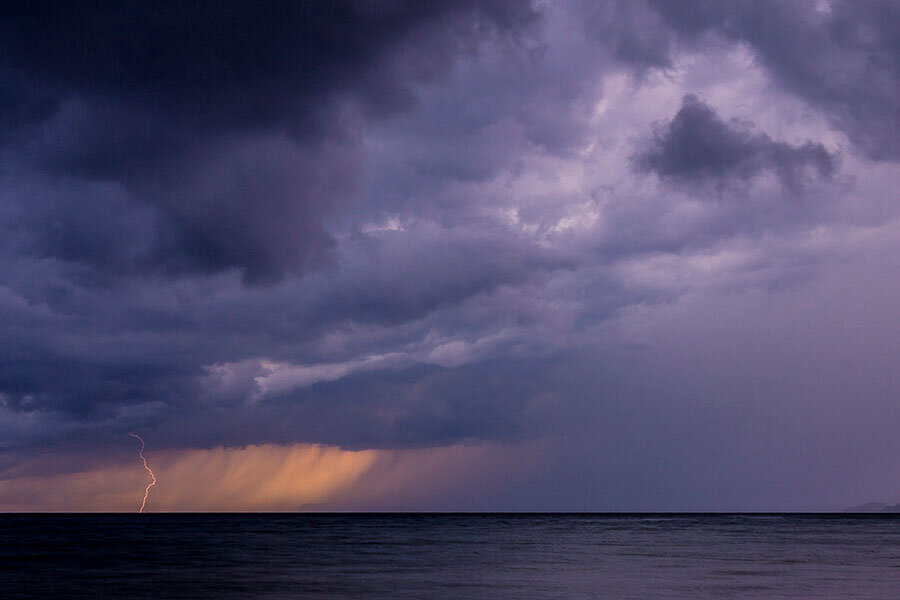'Weather bombs' offer insights into Earth's deepest structures
Loading...
Small, intense storms known as "weather bombs" may trigger rare tremors deep within the Earth, offering scientists a new way to study the mysterious structure and inner workings of the planet, according to a new study.
A "weather bomb" is an extratropical (outside of the tropical zone) storm in which the central pressure intensifies rapidly. These storms produce very strong winds that cause the ocean to swell, generating powerful waves. Some of the wave energy from these storms interacts with the seafloor, causing wave-generated seismic activity.
Known as microseisms, these seismic waves are detectable anywhere in the world, because they penetrate the Earth deeply and can be observed at faraway land seismic stations, the researchers said. [Hurricanes from Above: Images of Nature's Biggest Storms]
However, observations and analysis of microseismic activity have focused mostly on P waves — the first set of waves in an earthquake that deliver a sharp jolt — because of their larger amplitudes. This gives scientists only a narrow view of the Earth's structure, because P waves typically travel in straight lines.
In their new study, the scientists detected so-called S wave microseisms, which travel much more slowly and curve through the ground but are generally more difficult to observe. The previously unobserved S waves were generated under a weather bomb between Greenland and Iceland in December 2014.
The researchers detected both P-wave and S-wave microseisms triggered by the severe North Atlantic storm at their station in Japan. In their paper, the authors described the direction and distance to the waves' origins.
Mapping the microseisms provides insight into the planet's deep structure. As seismic energy from the weather-bomb storm travels through the deep Earth, the planet's interior structure is revealed, the researchers said. This is especially beneficial in areas where such monitoring is limited — such as the oceans.
"We would like to explore the Earth's interior beneath the storm in oceanic areas, where no earthquakes and no stations exist," study co-author Kiwamu Nishida, a professor at the Earthquake Research Institute at the University of Tokyo, told Live Science.
With more acute observations of these storms and the microseisms they cause, scientists can better understand the Earth's internal structure. And understanding the precise locations of P waves and S waves and how they move can also help scientists learn how the seismicity occurs, the researchers explained in their paper.
"Delineation of the source locations and energy partition of the seismic wave components are key to understanding the excitation mechanisms," the authors wrote. As such, the findings could contribute to more accurate detection of earthquakes and oceanic storms.
The new study was published online today (Aug. 25) in the journal Science.
Original article on Live Science.
Editor's Recommendations
- A History of Destruction: 8 Great Hurricanes
- 50 Interesting Facts About Earth
- The 10 Biggest Earthquakes in History
Copyright 2016 LiveScience, a Purch company. All rights reserved. This material may not be published, broadcast, rewritten or redistributed.







